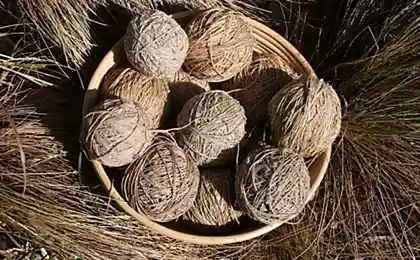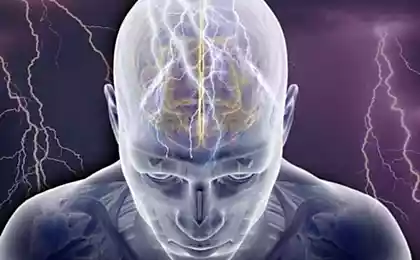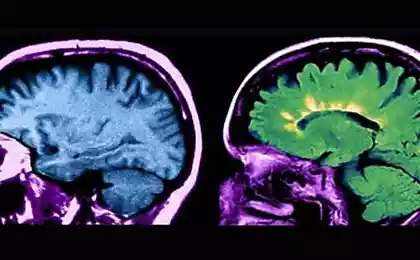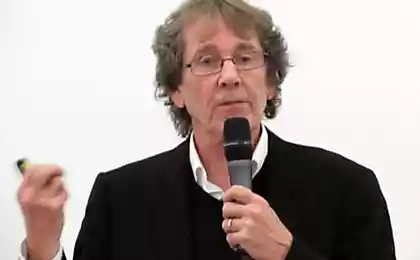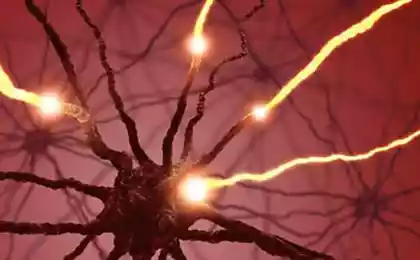1696
Non-surgical restoration of nerve fibers

The team took advantage of a mechanism similar to the one that allows you to restore many invertebrates and "repair" of nerve damage. A new method based on the timely implementation of common chemicals at break of nerve endings, can help patients recover almost the full functionality of a few days or weeks.
Peripheral nerve endings are connected to the central nervous system to the muscles and senses using axons - a kind of branches.
Peripheral nerve injury is relatively common. The nerve that was damaged by pressure or tension, is usually torn nerve fibers within axon untouched. Broken nerves - when nerve fibers axon and cut into two parts. Any injury can interfere with muscle and lead to the loss of sensitivity of the damaged area of the body, and recovery can take years.
When there is a communication gap axonal fibers lose contact with the central nervous system. In the empty tube axonal will be a slow process of growth of nerve fibers, so slow that the process of healing an injury can take months or years. But even after the restoration, the nerves are not always "connected" to the same sensory organs or muscles, so that some functions of the body may simply disappear.
Professor Bittner team has developed a method that allows the axons' return to the scene ", and without any operations. Moreover, this method allows you to keep the functionality of the damaged parts of the body.
Scientists have found that during a break of nerve fibers occurs release of a substance required for healing, but the cells are like "close the door" for his penetration. Professor Bittner team developed a way these "doors" open.
Experiments on rats resulted in an excellent performance. The normal functioning of the limbs was partially restored in a few days, and 80-90% recovery evident within 2-4 weeks.
Real sounds "jammed" schizophrenic hallucinations
Mind reading? Scientists have learned to "listen" brain

